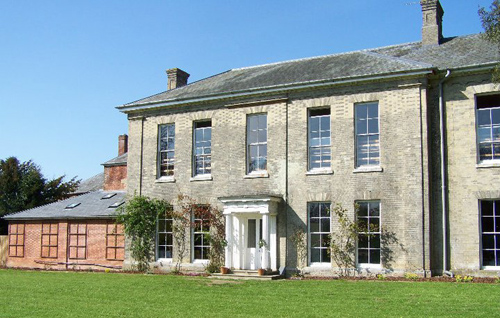In the 1920s, as well as the two Anglican churches in Reepham, there were three Methodist chapels, as well as the Salvation Army and the Plymouth Brethren.
Buildings in use at the time included the Wesleyan Chapel on Station Road, built in 1817.

The picture (above) of the 1910 circuit meeting in the Reepham Life 2019 Calendar for November shows the chapel before the schoolroom was built.
An earlier picture (below) from the Reepham Archive shows the chapel with the old schoolroom entrance on the east side coming right down to the road.

In 1827, a Baptist chapel was built in Fisher’s Alley, later taken over by the Free Methodists, which amalgamated with another group to become the United Methodists.
This chapel closed when the three main Methodist bodies amalgamated in 1932 and the congregation transferred to Station Road.
The chapel was sold and became a carpenter’s workshop and afterwards was used by the Good Companions’ Club.
It has since been demolished and two houses now stand on the site. It is thought that an upper window (overlooking Fisher’s Alley) in the new houses was one of the stained glass windows from the old chapel.
The Primitive Methodist chapel on Dereham Road was first built in 1847, then rebuilt in 1867. The congregation moved to the Station Road chapel after the Methodist Union in 1932. By 1936 it had become the headquarters for the Reepham Fire Station. It is now a private residence.
In the late 1800s, the Salvation Army established itself in the town by hiring premises in Norwich Road from Sidney Eglington. Two officers are registered in the 1901 census: William Mackenzie, Captain, and Walter Wise, Lieutenant, in a house on Norwich Road, both young and single.
In the same census, an Amelia Hudson in Newland Villas is also named as a Salvation Army preacher.
In the early 1900s, a congregation of Plymouth Brethren was active in Reepham and had premises in a building owned by a man called Jennings at Towns End.
It is called a Mission Room in the 1911 census and is possibly the Gospel Room that stood on the site of what is now Reepham Hair Studio.
(Some information from My Town by Wesley Piercy.)
Janet Archer
The Reepham Archive is open to the public on the first Wednesday and Saturday of the month from 10 am – 12 noon (or by appointment), upstairs in the Bircham Centre, Market Place, Reepham. Email: reephamarchive@gmail.com




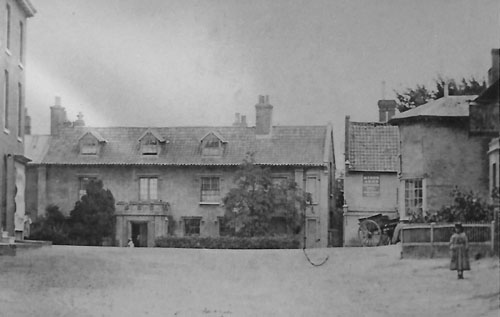
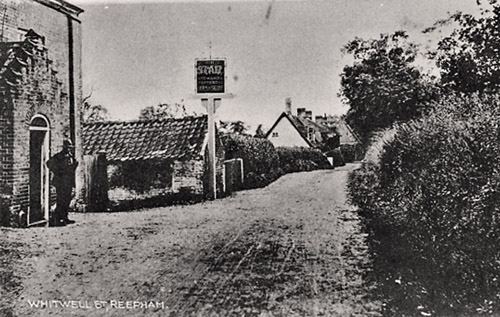
%20sepia%20x317.jpg)
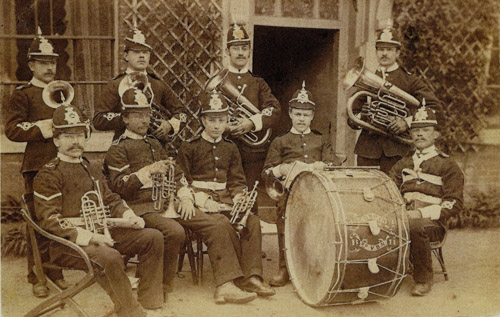
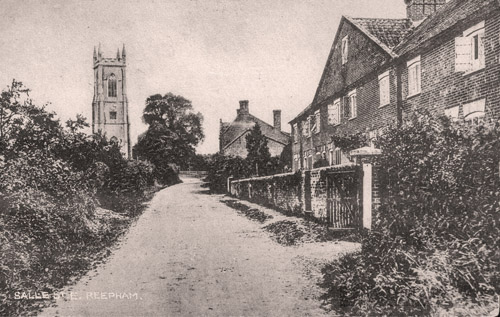
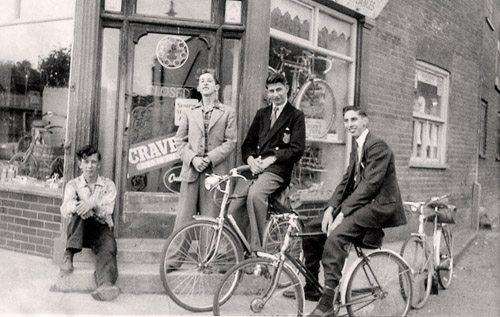
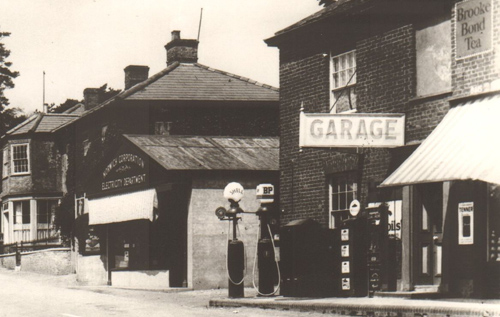
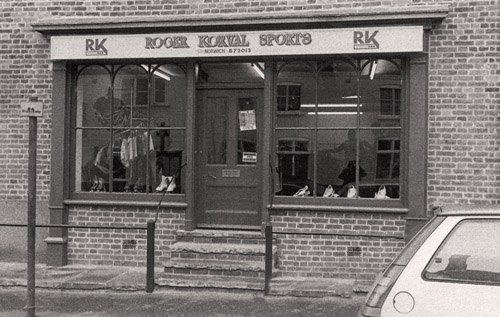
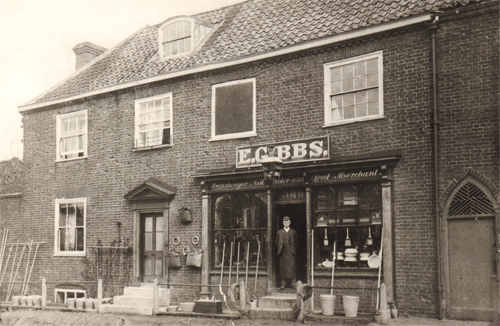
%20Memory%20Stick%20B%20sepia%20x500.jpg)
